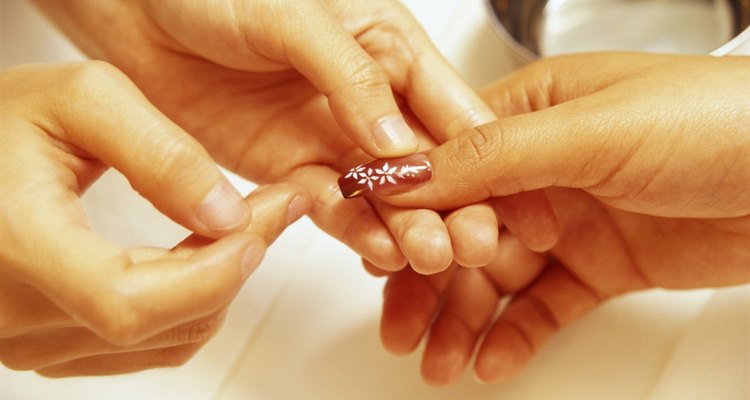
You go to a lot of trouble to maintain your acrylic nails, but all your work is for nothing if they aren't kept sparkling clean. Fortunately this is easy to do.
Wear gloves when doing chores around the house. This will keep debris out from under your nails. Anything that gets under your nails such as food, dirt or other substances should be removed promptly.
Scrub your nails with a nail brush and antibacterial soap at least once a day—more if you notice dirt or particles under them. Scrub under the nails as well as scrubbing the tops.
Wash your hands regularly with antibacterial soap throughout the day to keep your hands and nails sanitized. Make sure that you dry your hands and under your nails thoroughly when you are finished washing them.
Keep a nail brush with you when you leave home. This will allow you to keep your nails clean while you are on the go.
Related Articles

How to Keep Your Pink & White Nails ...

Homemade Gold Jewelry Cleaner
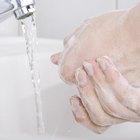
Personal Hygiene Checklist

How to Get the Smell of Fingernail ...

How to Sterilize Eyeglasses

Fresh Homemade Orange Juice Will Stay ...
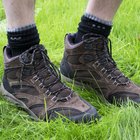
How to Clean Your Merrell Shoes
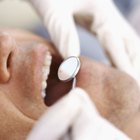
How to Clean Stains From False Teeth
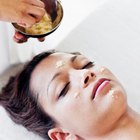
How to Make Body Scrub With Olive Oil & ...

How to Get Acrylic Off of Cuticles
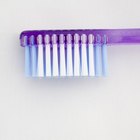
How to Use Arm & Hammer Baking Soda to ...

Do Potatoes Go Bad When They Freeze?

How to Remove Nail Tips

How to Clean Scuffed Up Rain Boots
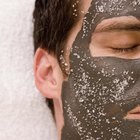
Can You Use Salt to Exfoliate Your Face?
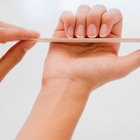
How to Make Your Nails Hard
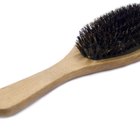
How to Clean a Boar Bristle Hairbrush

How to Make Toasted Bread Sticks With ...

How to Store Brussels Sprouts
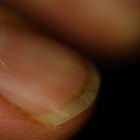
How to Get Stains From Under Your ...
Writer Bio
This article was written by the CareerTrend team, copy edited and fact checked through a multi-point auditing system, in efforts to ensure our readers only receive the best information. To submit your questions or ideas, or to simply learn more about CareerTrend, contact us [here](http://careertrend.com/about-us).
Photo Credits
Creatas/Creatas/Getty Images